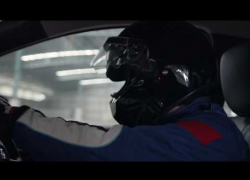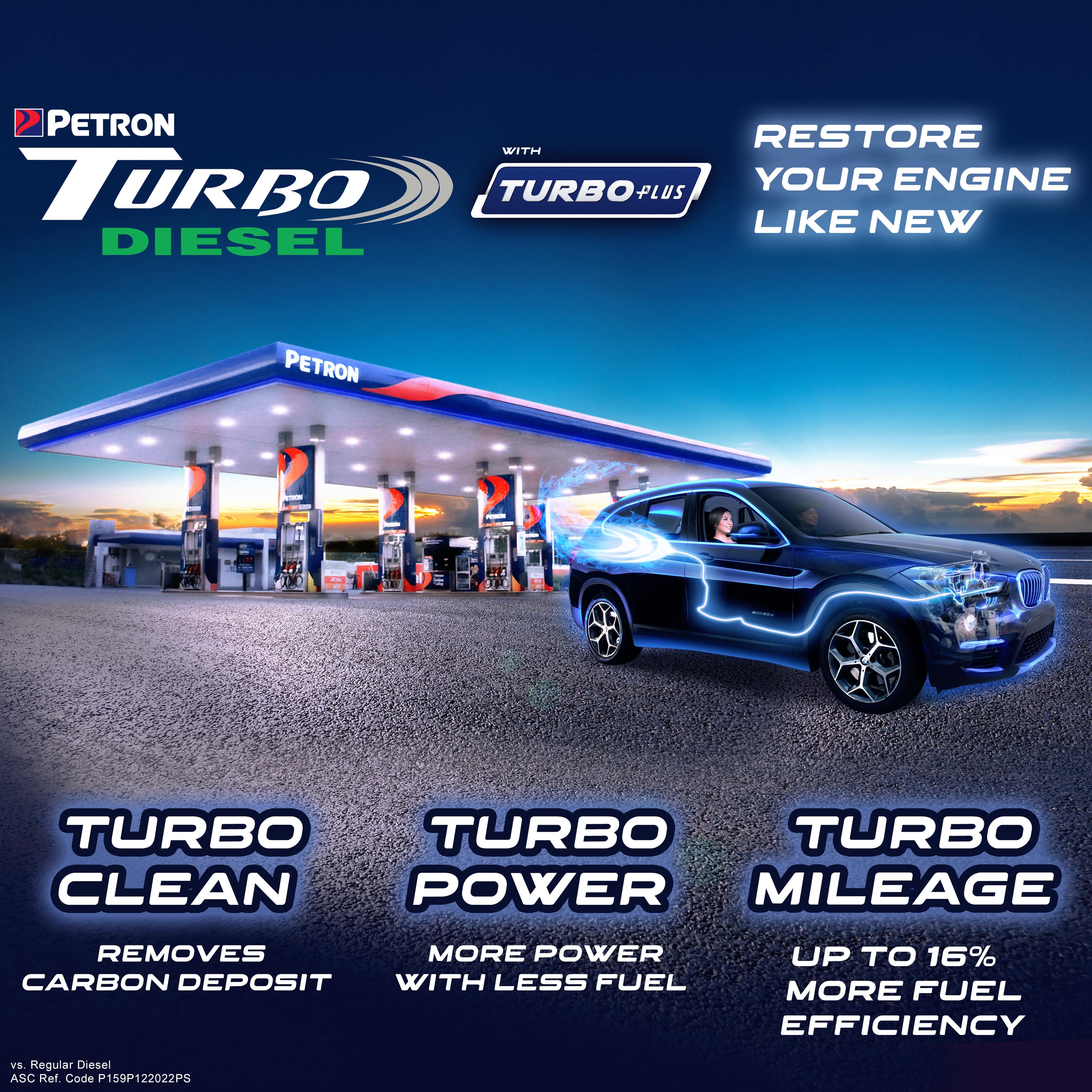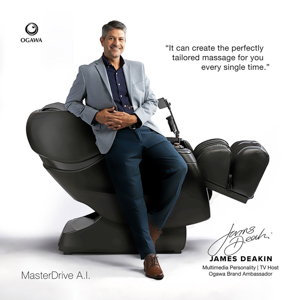Friends don’t let friends drive drunk. If we could only just live by that golden rule, we could go a long way in preventing the 480,000 deaths and 20 million serious injuries a year that the World Health Organization (WHO) credit solely to drunk drivers around the world. But we don’t. Because as simple and noble as it all sounds, let’s get real here: when push comes to shove, the sad reality is that most friends will cave in––either to avoid an ugly confrontation or a major inconvenience––and I would be a complete hypocrite if I did not include myself among those who have turned a blind eye, and worse, driven myself home when I knew it was no longer safe.
You know the scene. You’re out at a bar, a friend’s place, wherever. Everyone’s buzzed. But the manly thing to do is to get up, act straight, and pick out someone that looks worse than you and say, “Pare, ok ka lang?” So long as we hear the bare minimum: “Ok pa, bro. I’ll just be careful” We’re good with that. It’s a verbal disclaimer.
And that, in a nutshell, has been the opening act for the millions and millions of shattered lives around the world. And it has to stop.
In a perfect world, people would never drink and drive. Then again, in a perfect world, my Globe phone would work, Jeepneys and busses would be disciplined, Justin Bieber would have never cut an album, Hangover 1 would have swept the Oscars, and people in general would never cheat, steal, lie or have multiple partners. But we all know how that went.
The only good news here is, generally speaking, people don’t actually want to drink and drive; the main reason that people do is simply to avoid the inconvenience or embarrassment of having to leave their car behind. Sometimes it is the expensive overnight parking fees. Sometimes it is because it is parked in either an area that will tow you the following morning or leave your car vulnerable to vandals or thieves. Sometimes it is just to avoid the awkward and lengthy explanations to their wives, husbands, parents, or guardians the following morning when they find out you left your car somewhere. Either way, it almost always comes down to this and I can’t tell you how long I’ve been waiting for somebody to do something about it. Then I realized: I am somebody.
So I approached Lifeline Ambulance Rescue, a membership-based, private ambulance service that has been saving lives for over fifteen years now, and together we have come up with what is quite possibly the closest thing to a solution for a very serious problem.
It’s early days yet, but the working name is: ‘Driver on Call.’ And it starts today. The idea is simple. If you ever find yourself in a situation where you feel that you can no longer drive yourself home safely and you just can’t bear the thought of leaving your car behind and catching a cab, simply call Lifeline’s hotline (16911) and ask for a driver. Lifeline will dispatch their rapid response unit, which is a customized Chevrolet Spark, with two highly trained drivers on board. One driver will then proceed to drive you home in your vehicle, while the bright red Spark follows behind just to make sure everyone gets home safely. No questions asked.
You could be drunk, have high blood pressure, have gout, be overly tired, still in shock that Jessica Sanchez lost, whatever. The point is that if you feel that you are no longer capable enough to get behind the wheel, you’re asking someone who is to do it for you.
I know how some people feel about other people driving their cars, and I can relate. But trust me, they are far more capable than you are after several drinks. Besides which, asides from the fact that Lifeline is tied up with Tuason Racing School, would you rather trust them to come and cut you out of your car when you wrap it around a pole? Think about it. In fact, Lifeline are using that precise angle as part of their business plan, to justify the expense, because let’s be completely honest here, it doesn’t take Warren Buffet to see that this a really bad business model.
Put it this way. Nobody has done this before because it makes no business sense. First, you need to invest in a fleet of either cars or motorcycles. Then hire responsible drivers. Train them. Insure them. Give them uniforms. Hire 24 hour operators. Give each driver a cellphone. Advertise the service. And the worst part, explain who the hell you are when you turn up and why people should give you their keys. If you are a big company, like say, San Miguel, you open yourself up to liability. If you’re a small private firm like Aling Mau, you have no credibility. Plus you’ll need to charge something like 4-5 times the rate of a cab, which would serve as a natural deterrent and defeat the whole purpose.
We’re trying to be realistic here. We want people to use the service not to make money, but to save lives. And to prove that, Lifeline are pricing this service similarly to what an airport cab charges you. It is a premium over a metered cab, but it needs to cover the cost of the two way trip, plus the second driver. And the only way they can justify doing this is, asides from the fact that they already have the ambulances and Sparks on the road already, is by treating it as preventative emergencies.
Basically, if you wanted to be cold about it, it costs them a lot more time and money to send a team of ten and the jaws of life over to the accident scene than it does to send a second sober driver to take you home while you’re still breathing. They are simply preventing an accident rather than responding to one. And if you trust these guys enough to cut a hole in your throat when you stop breathing, I think you can get over the awkwardness of them driving you home. And if you can’t, and would prefer to drive yourself home drunk, well, as they say, there’s no fixing stupid.
But no matter how adamant Lifeline are about kicking this off and how admirable it is for them to absorb the losses and literally put their money where their mouths are, for it to be sustainable, it really needs to be subsidized. And this is where the story gets interesting.
Believe it or not, this whole idea was basically hatched last week, ironically, over a few drinks. I got so excited about it that I started writing this column immediately, three days before my deadline––which, if you ask my editor, is enough reason for him to send an ambulance over to check my vitals to see if everything was ok.
And as I was writing, I fired off a couple of Facebook messages and an email to some people in the industry giving them a brief on the idea. It was very informal stuff, but I just wanted to do a pulse check. Incredibly, everyone replied within minutes. Michael Rojas of Rota immediately delivered five new sets of alloy wheels. Marc Tagle of Bridgestone sent back a message saying, “This sounds great. What do you need from us?” Mark Tan of Garmin didn’t just text back, he actually met up with me that same night and said, “Count me in for the navigation equipment.” The communications director of one of the biggest car companies, who I won’t name just yet because she was speaking unofficially, albeit enthusiastically, said that they couldn’t see a reason why they couldn’t even donate the use of their cars for this project, while an executive of an oil company offered to kick in for the gas.
These are very big companies that normally move as fast as peak hour traffic on EDSA when it comes to sponsorships solely because they need studies, detailed proposals, and of course the time to conduct due diligence etc. Yet each one replied faster than kids in a ‘bring me’ game––which just showed me that people are serious about making a change in this issue, but for obvious reasons, have never really been in a position to apply it. Until now.
It finally all came together. And I can’t thank Lifeline enough for taking up this challenge, as well as those who committed their support, but we could use a few more people in our army if we really want to win this war against drunk driving.
Every challenge seems insurmountable at first. It just takes somebody with enough courage to take the first step. And remember, you are somebody. So if there is just one take-away from this lengthy column, remember, if you drink, please don’t drive. Make the right call. Dial 16911


